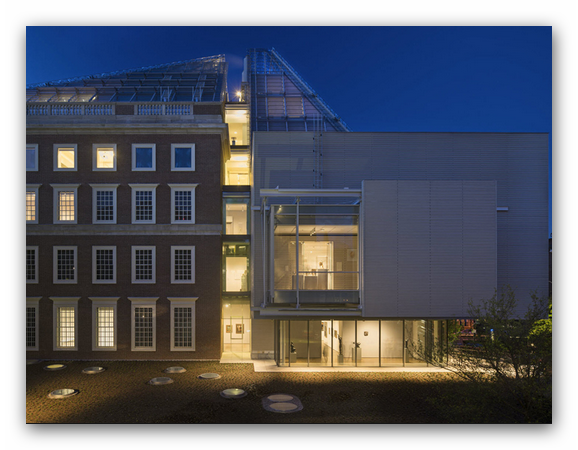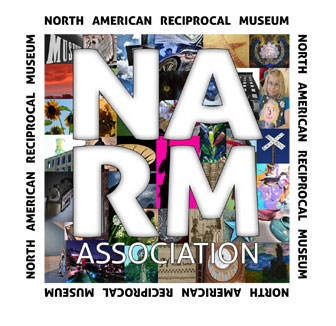The Harvard Art Museums — the Fogg Museum, Busch-Reisinger Museum, and Arthur M. Sackler Museum — are dedicated to advancing and supporting learning at Harvard University, in the local community, and around the world. The museums have played a leading role in the development of art history, conservation, and conservation science, and in the evolution of the art museum as an institution. Together the Fogg, Busch-Reisinger and Arthur M. Sackler museums hold approximately 250,000 objects.
Each of the three museums has a distinct history, collection, guiding philosophy, and identity.
The Fogg Museum - Now on the National Register of Historic Places, in 1927, The Fogg moved into the first North American purpose-built structure for the combined display of art and training of art scholars. The early collection consisted largely of plaster casts and photographs. Today the Museum is known for its Western paintings, sculpture, decorative arts, photographs, prints, and drawings dating from the Middle Ages to the present. Particular strengths include Italian Renaissance, British Pre-Raphaelite, and French impressionism and post-impressionism, as well as 19th- and 20th-century American paintings and drawings. The collection includes important 19th-century work by Blake, Burne-Jones, David, Daumier, Homer, Ingres, Renoir, Rodin, Sargent, Toulouse-Lautrec, and Whistler.
The Busch-Reisinger Museum - Founded in 1903 as the Germanic Museum, the Busch-Reisinger is dedicated to all modes and periods of art from central and northern Europe, with an emphasis on German-speaking countries. The Busch-Reisinger Museum’s holdings include late-medieval sculpture and eighteenth-century art and significant works of Austrian Secession art, German expressionism, 1920s abstraction, and materials related to the Bauhaus. The museum also holds noteworthy postwar and contemporary art from German-speaking Europe. Adolphus Busch Hall houses the founding collection of plaster casts of medieval art and the world-renowned Flentrop pipe organ.
The Arthur M. Sackler Museum - In 1912, the first courses in Asian art were taught at Harvard, the first at any American university. By 1977, Harvard’s collections of Asian, ancient, and Islamic, and later Indian, art had grown to such size and importance as to require a dedicated space for their display and study. A museum was founded to house the collection of works from Asia, the Middle East, and the Mediterranean.

